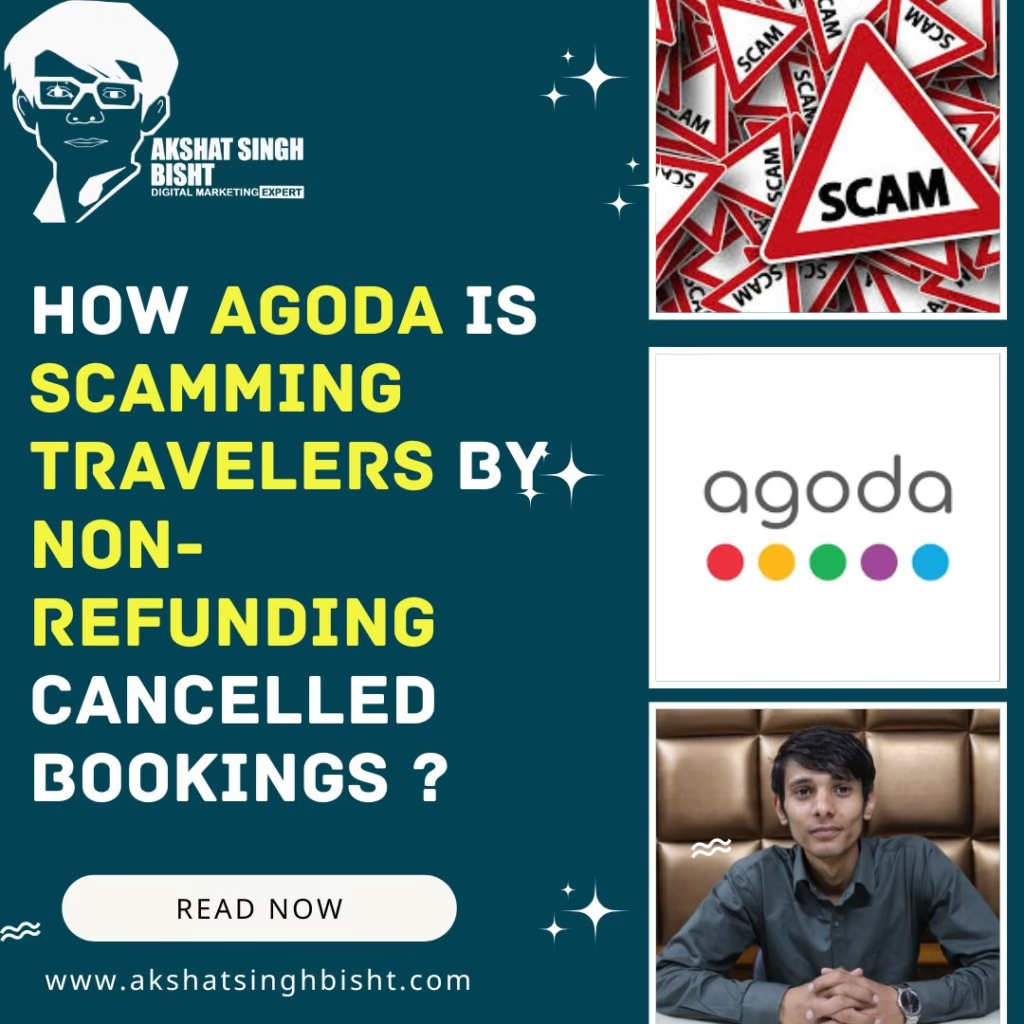Sprinklr | How Sprinklr Enables Unified Customer Experience Management Across Channels | A Case Study
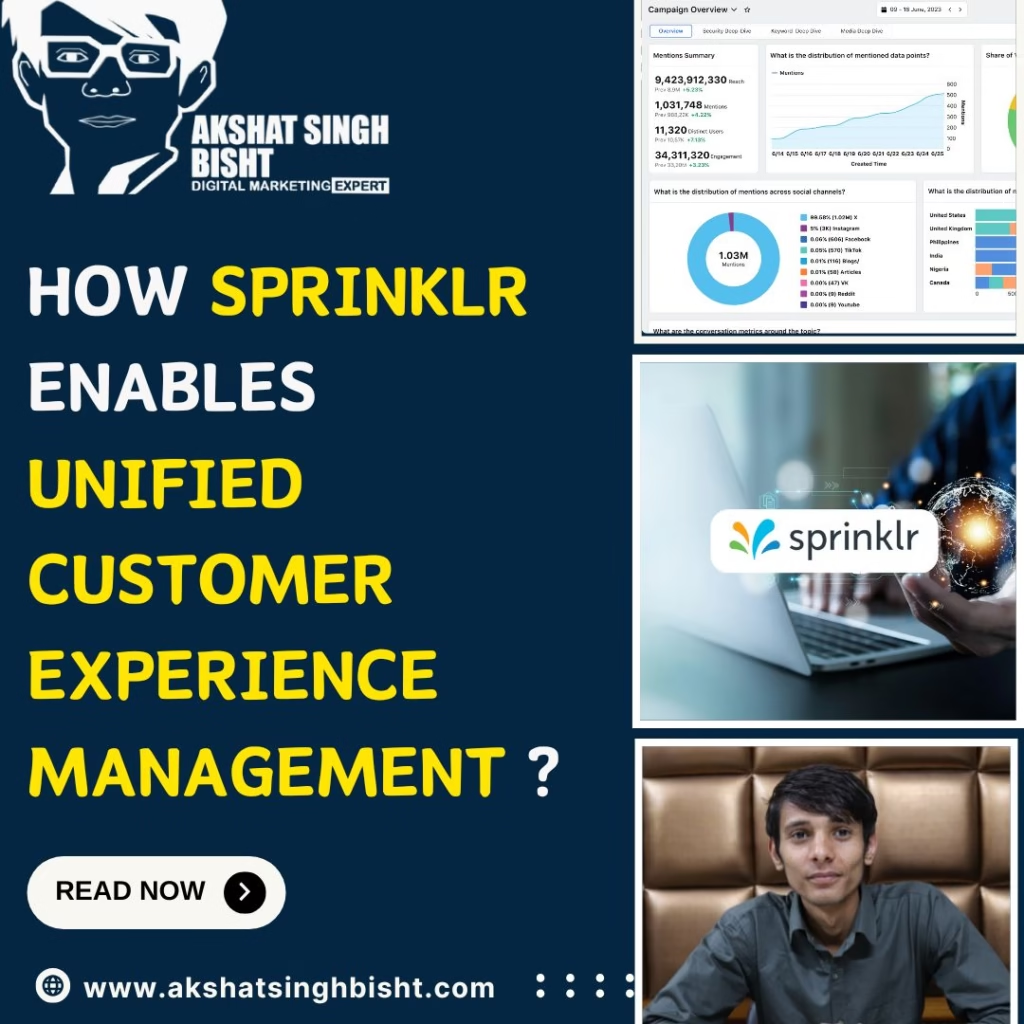
Sprinklr—a unified customer experience management (Unified-CXM) platform. Sprinklr enables marketing, advertising, customer service, research, and social media management to work from a single AI-powered platform—giving brands a holistic view of their customer, regardless of where the interaction starts or ends.
How Wrong Interest-Based Targeting in Meta Ads Ruined a Major Healthcare Campaign in the U.S.

Wrong Interest-Based Targeting in Meta Ads Ruined a Major Healthcare Campaign. The client—a well-established healthcare brand in the U.S.—had been running Meta ads for months with little to show for it. Despite a sizable budget and consistent ad spend, the return on investment (ROI) was negligible.
Case Study : Virgin Atlantic : Revolutionizing the Skies – A Case Study on Branding, Strategy, and Success

This comprehensive case study delves into the journey of Virgin Atlantic, exploring the innovative strategies, bold branding, and customer-centric approach that have propelled it to success in the highly competitive airline industry.
Case Study : Frooti Life Campaign (2018) :How the Frooti Life Campaign Solved the Brand’s Relevance Challenge with Creativity and Digital Innovation
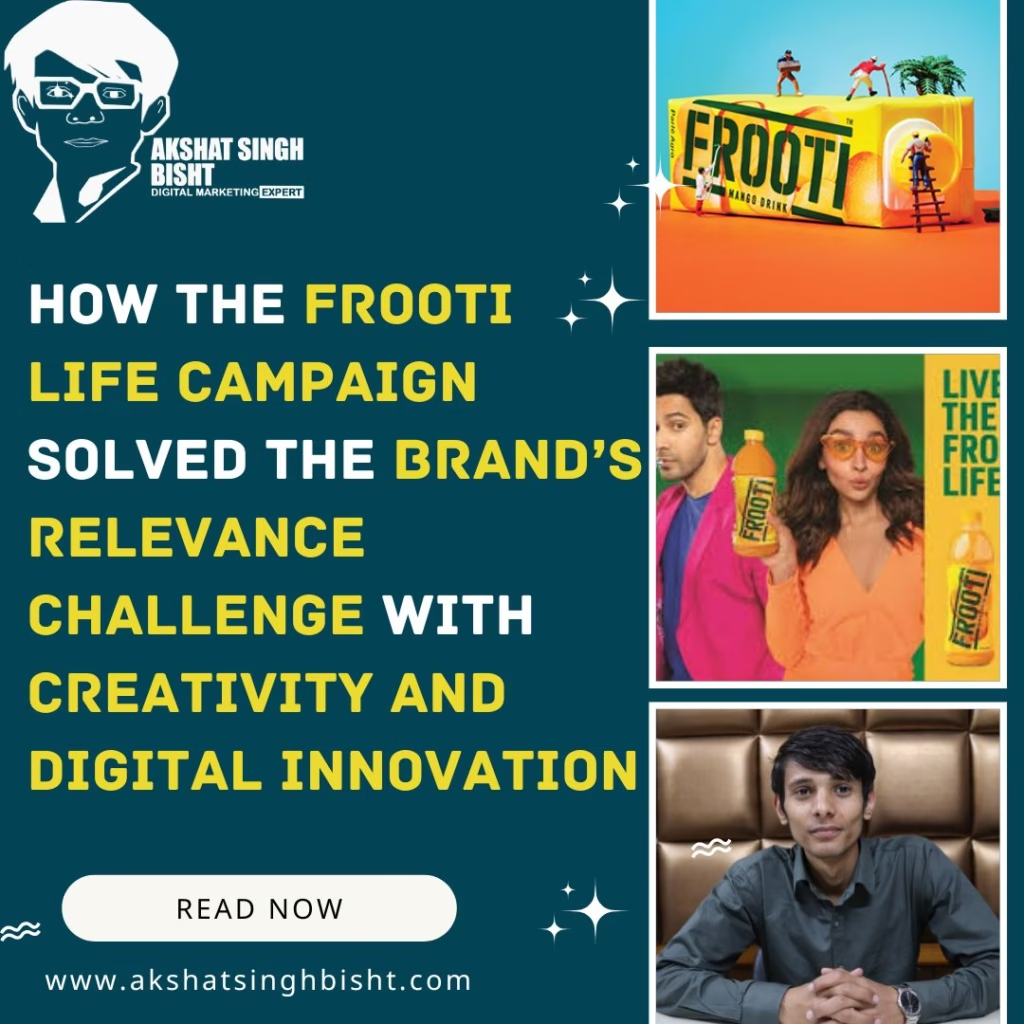
Explore the success of the Frooti Life Campaign, a game-changing marketing strategy that combined nostalgia, influencer marketing, and multi-platform engagement to strengthen brand identity and drive impressive results. Learn key lessons in branding and marketing from this iconic campaign.
Case Study Nissan Failure : Guide And key lessons for Automobile Players
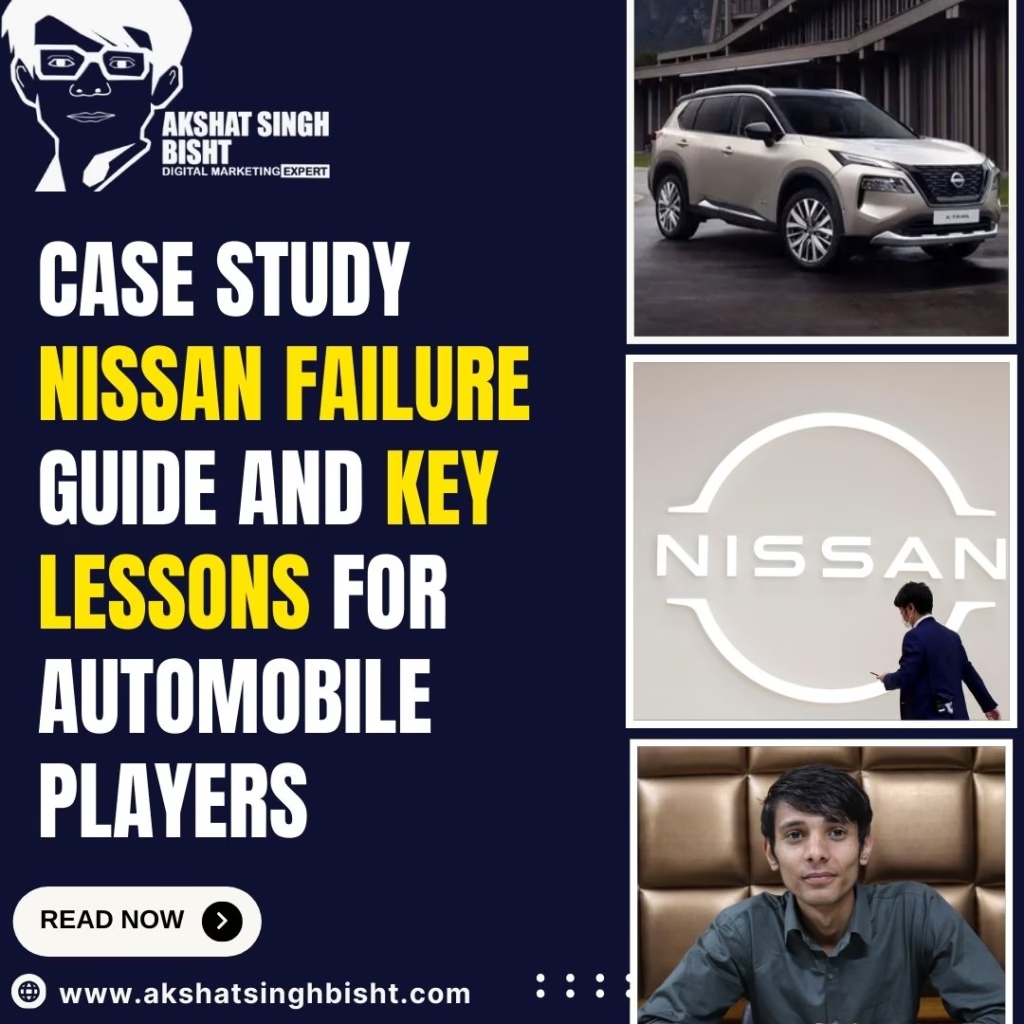
This comprehensive case study delves into the multifaceted reasons behind Nissan’s underperformance, analyzing market dynamics, consumer behavior, competitive pressures, and the company’s strategic decisions.
Why Nissan Failed In India? What are the reasons for Nissans Failure

Nissan, a globally recognized automobile manufacturer, ventured into the Indian market with high hopes, aiming to capture a significant share of one of the fastest-growing automotive markets in the world.
10 Reasons For Nissans Failure

Nissan, once a formidable player in the global automotive industry, has faced significant challenges and setbacks in recent years. Understanding the factors behind its decline is crucial for analyzing the broader implications for the automotive sector. Here are ten reasons why Nissan has struggled:
How Zudio Dominated Clothing Market In India : Case Study – Zudio
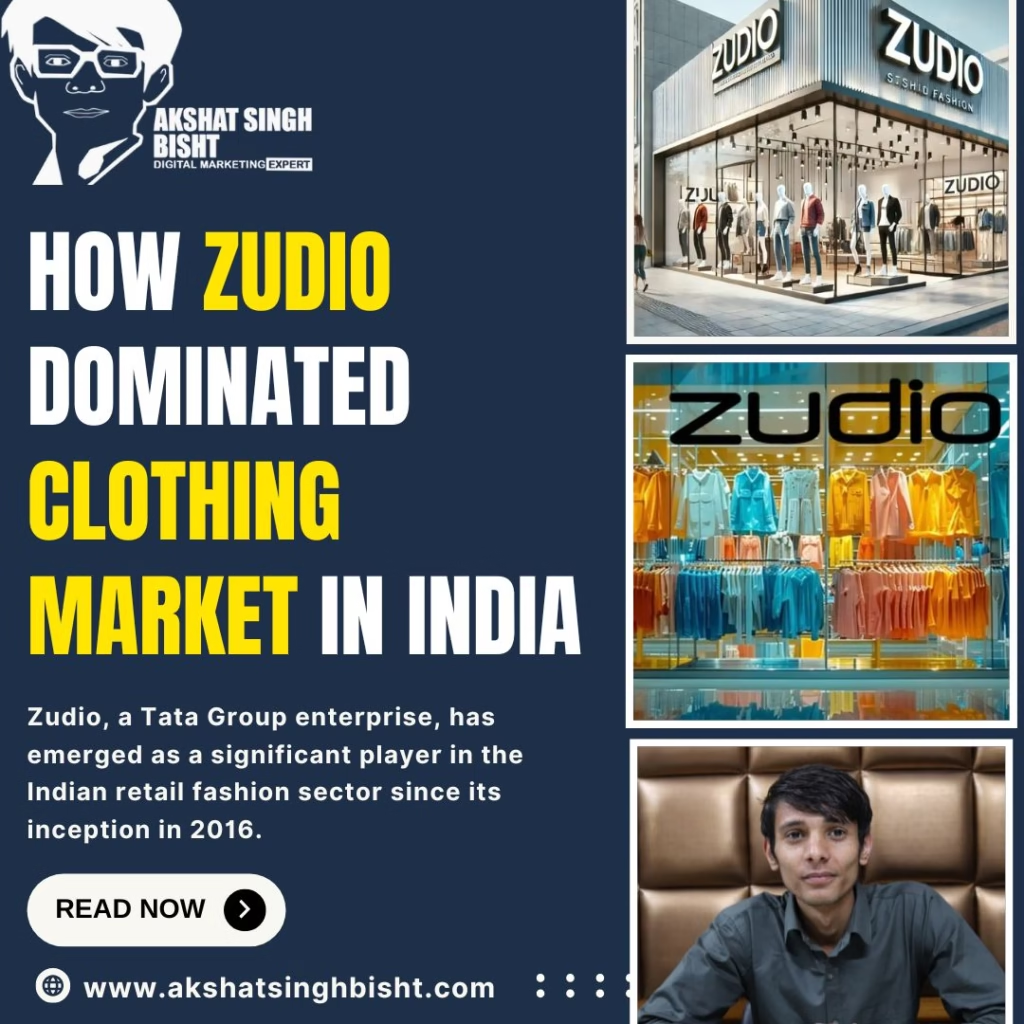
Zudio, a Tata Group enterprise, has emerged as a significant player in the Indian retail fashion sector since its inception in 2016. Known for its trendy yet affordable apparel and accessories, Zudio has rapidly expanded across the country, targeting value-conscious consumers.
How to Become an Amazon Seller: A Step-by-Step Guide

Becoming an Amazon seller can be a lucrative opportunity, but it requires understanding the process, necessary documents, and best practices. This blog will provide you with a comprehensive, step-by-step guide on how to become an Amazon seller.
Case Study: The Failure of Fiat’s Direct Mail Campaign in 1994 : Why Fiats Direct Mail Campaign Failed in 1994

Fiat’s direct mail campaign in 1994, which failed spectacularly despite its innovative approach. This case study delves into the details of the campaign, its objectives, execution, and the factors that led to its failure.
Why Pets.com Failed
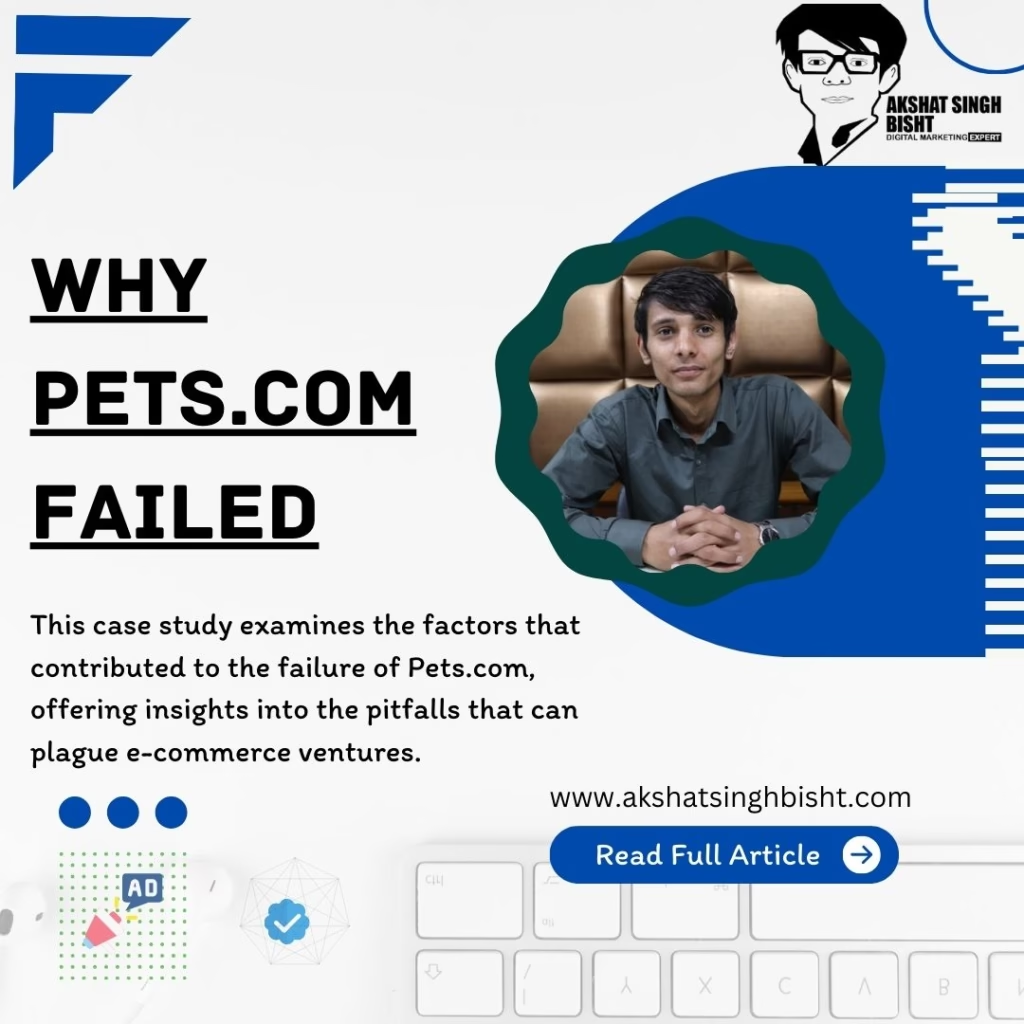
In the late 1990s, Pets.com emerged as a promising e-commerce startup aimed at revolutionizing the pet supply industry. Launched in August 1998, Pets.com sought to leverage the burgeoning internet economy to offer a wide range of pet products to consumers.
How IBM Introduced IBM Watson with Outthink Campaign : Case Study: IBM Watson – “Outthink” Campaign
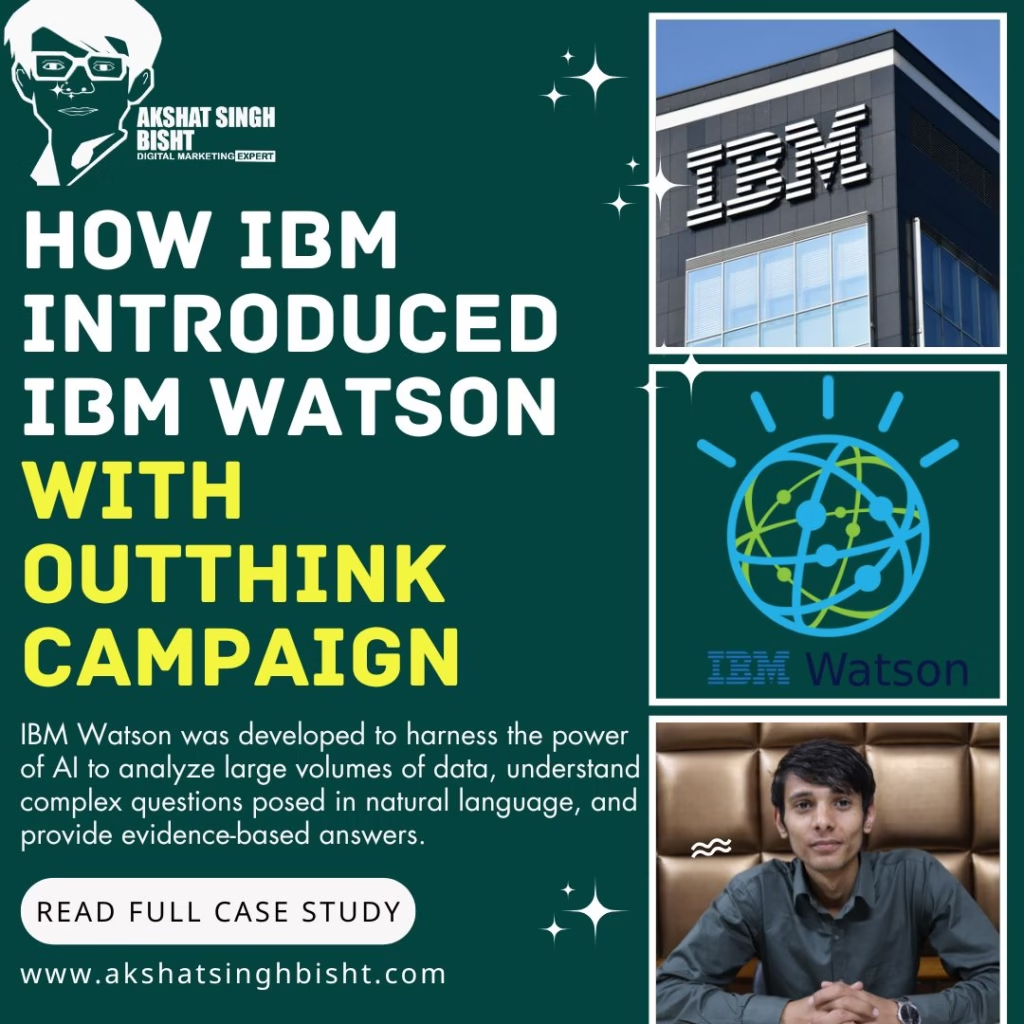
Case Study: IBM Watson – Outthink Campaign. To bring awareness and promote the capabilities of Watson, IBM launched the Outthink campaign in 2016. This case study explores the strategic approach, execution, and outcomes of this ambitious marketing campaign.
Microsoft And Nokia’s Don’t Fight Campaign : How Microsoft and Nokia Mocked Apple and Samsung?
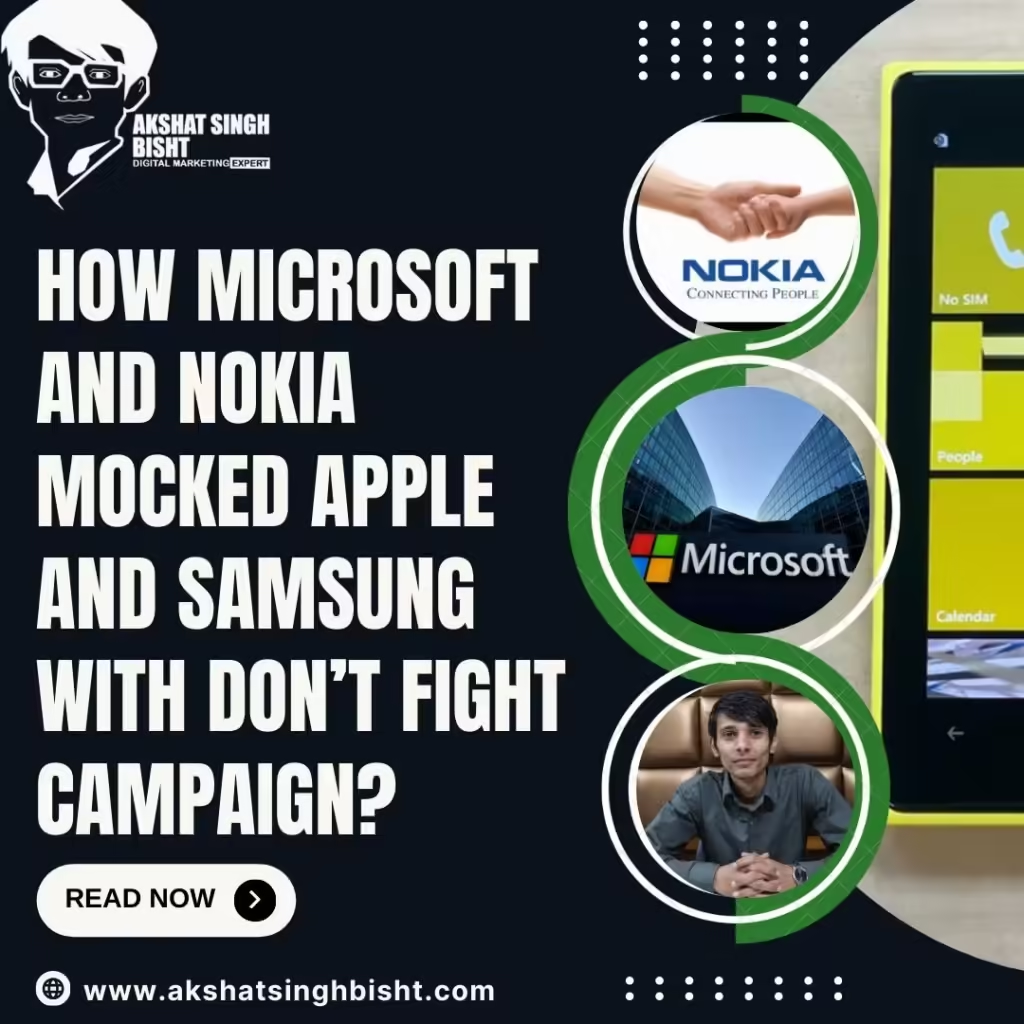
Microsoft’s 2013 “Don’t Fight” campaign tapped into the growing rivalry between Samsung and Apple by humorously portraying the ongoing “battle” between their loyal customers.
Case Study Air India : Reshaping a National Carrier for the Future From J.R.D. Tata to Today
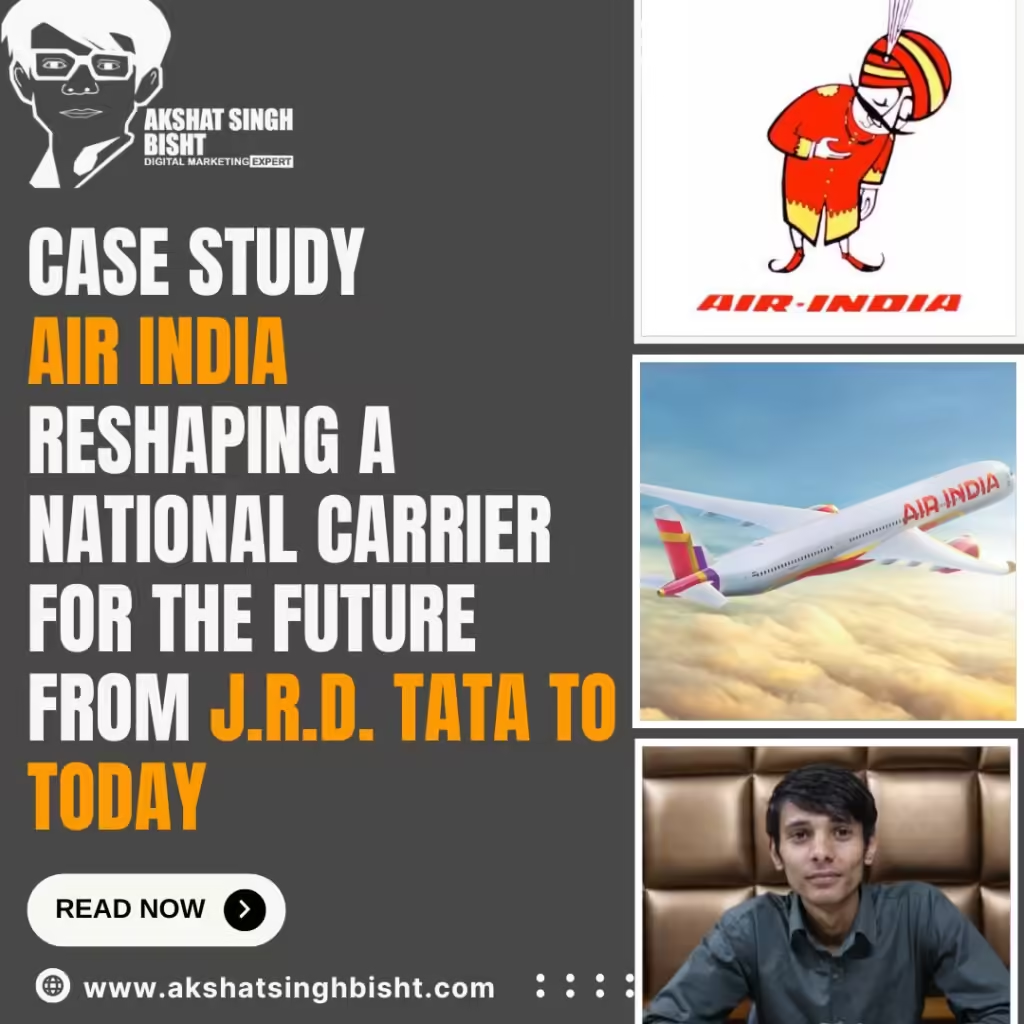
Air India : A Case Study in Resilience and Transformation. Air India’s story is one of vision, ambition, and transformation. From its humble beginnings as Tata Airlines in 1932, through decades of being the nation’s premier international carrier, to its turbulent years of financial struggles and eventual privatization, the airline has played a pivotal role in the history of Indian aviation.
Red Nose Day Campaign : How Comic Relief Raise money to end child poverty in United Kingdom

Red Nose Day is a renowned fundraising campaign in the United Kingdom, initiated by Comic Relief, a charity established in 1985. The idea originated from the desire to tackle poverty and social injustice through the power of comedy and entertainment.
Why OLA Failed | A Case Study in Ride-Hailing Challenges

OLA, an Indian ride-hailing giant, once stood as a beacon of innovation and entrepreneurship. Founded in 2010 by Bhavish Aggarwal and Ankit Bhati, OLA revolutionized the way Indians commuted.
Salesforce Marketing Strategy

Salesforce Marketing Strategy, Salesforce a global leader in customer relationship management (CRM), has crafted a sophisticated marketing strategy that underscores its dominance in the industry.
Why Sears The Retail And Shopping Giant Failed In USA : Case Study The Fall Of Sears

Sears, Roebuck and Co., once a retail giant and a staple of American shopping, represents one of the most dramatic examples of a business failing to adapt to changing market conditions.
Why Myspace Failed Case Study: The Rise and Fall of MySpace A Social Media Platform

MySpace, once a dominant social media platform, experienced a dramatic rise and subsequent decline, serving as a classic case study in the volatile tech industry. Understanding why MySpace failed involves examining various factors, including management decisions, technological challenges, market competition, and evolving user expectations.
Case Study : No Kid Hungry – Share Our Strength Campaign

The No Kid Hungry campaign, initiated by the nonprofit organization Share Our Strength, is a landmark effort aimed at combating child hunger in the United States.
HubSpot Marketing Strategy : How Hubspot Became a Market Leader

HubSpot Marketing Strategy, HubSpot a leader in the inbound marketing industry, has revolutionized how businesses attract, engage, and delight customers. Known for its comprehensive suite of marketing, sales, and customer service tools, HubSpot’s success is largely attributed to its effective marketing strategy.
Why Polaroid Failed And What are its Causes | Case Study : Rise And Fall Of Polaroid
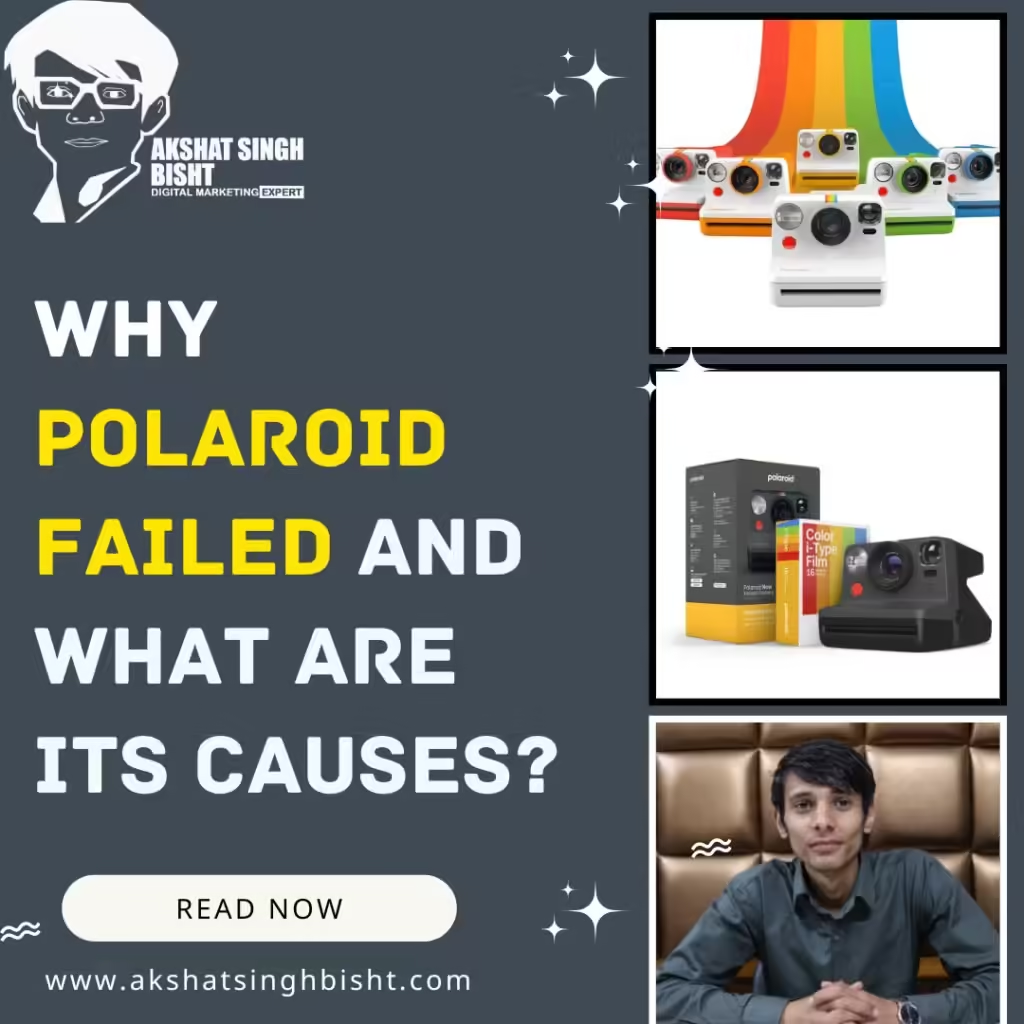
Polaroid was once synonymous with instant photography, a revolutionary concept that allowed people to capture and develop photos in a matter of minutes.
Case Study: The Only Thing That’s Changed is Everything – Apple’s iPhone 6 Campaign

In 2014, Apple launched the iPhone 6 and iPhone 6 Plus with the memorable campaign tagline, “The Only Thing That’s Changed is Everything.” This phrase encapsulated a dual message: while the external appearance of the iPhone remained familiar, the internal technology and user experience had been significantly upgraded.
Why Banks Use Adobe Experience Manager

The banking industry is undergoing a radical transformation in the digital age as a result of the need to keep up with rising client demands, improve operational efficiency, and preserve competitiveness. The use of cutting-edge digital platforms like Adobe Experience Manager (AEM) is essential to this transition.
Why Axe Lost to Fogg ?
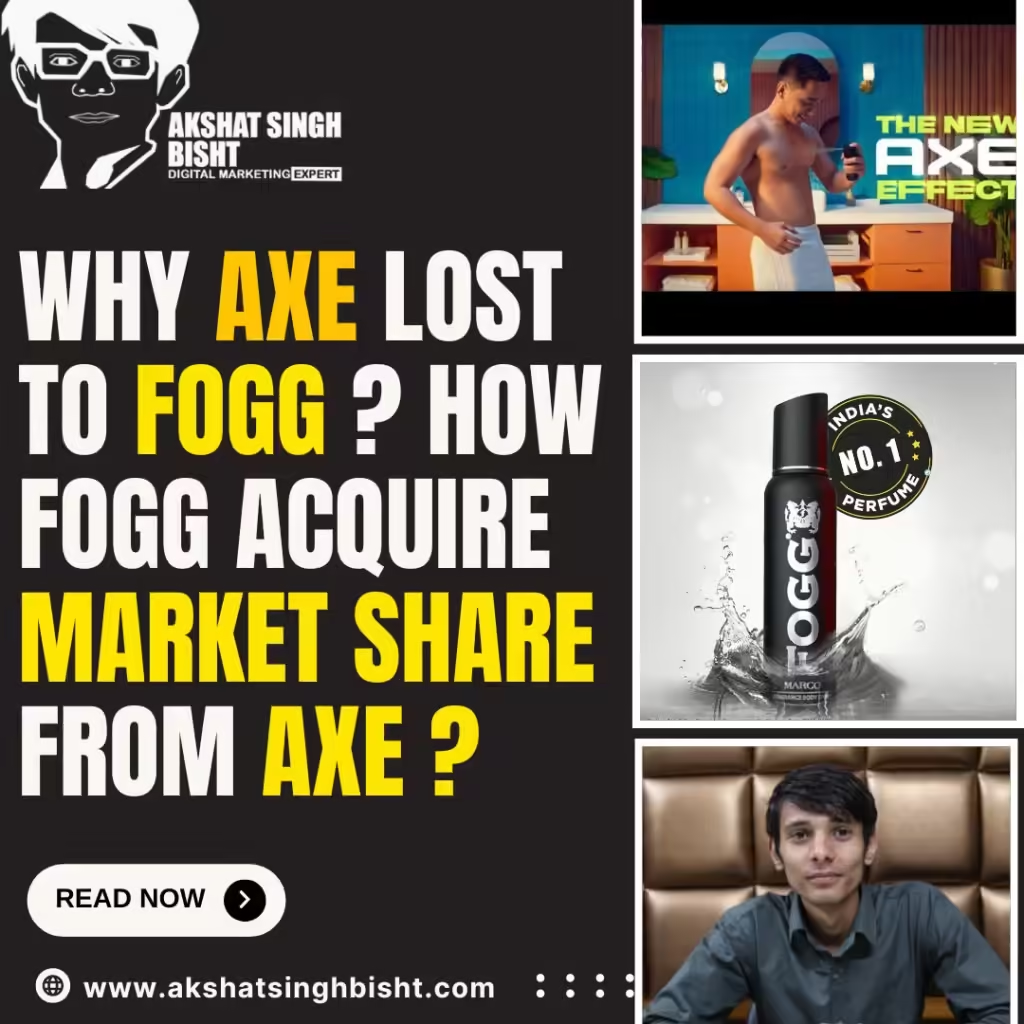
The world of personal care products, particularly in the deodorant market, is a battleground where only the most adaptable brands survive. Axe, a long-time favorite known for its bold and provocative advertising, faced an unexpected challenge when Fogg burst onto the scene. This blog explores the reasons behind Axe’s decline and Fogg’s rise to prominence.
Vivo Photography Redefined Campaign : How Vivo Promoted X60 Series
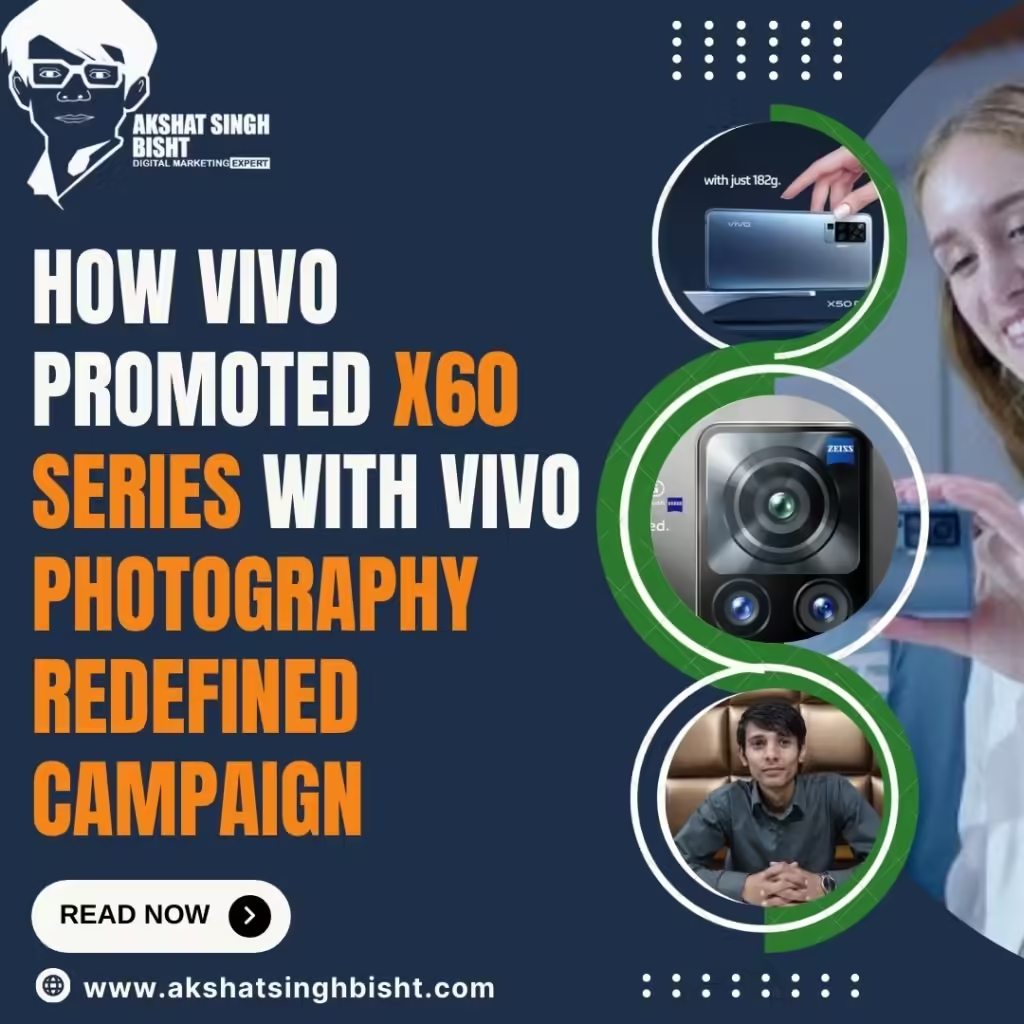
With the launch of their Vivo X60 series, Vivo set out to change the game once again with the Photography Redefined campaign. This campaign aimed to highlight the impressive new camera features of the X60 series, positioning it as the go-to smartphone for both photography enthusiasts and professionals.
The Axe Effect Campaign : How Emotional Appeal and Strategic Execution Drove Campaign Success

This case study delves into the intricacies of The Axe Effect campaign, exploring its strategic underpinnings, creative execution, and the significant impact it had on the brand and its audience.
Fogg Marketing Strategy : How Fogg Became A Market Leader In Personal Care Market ?
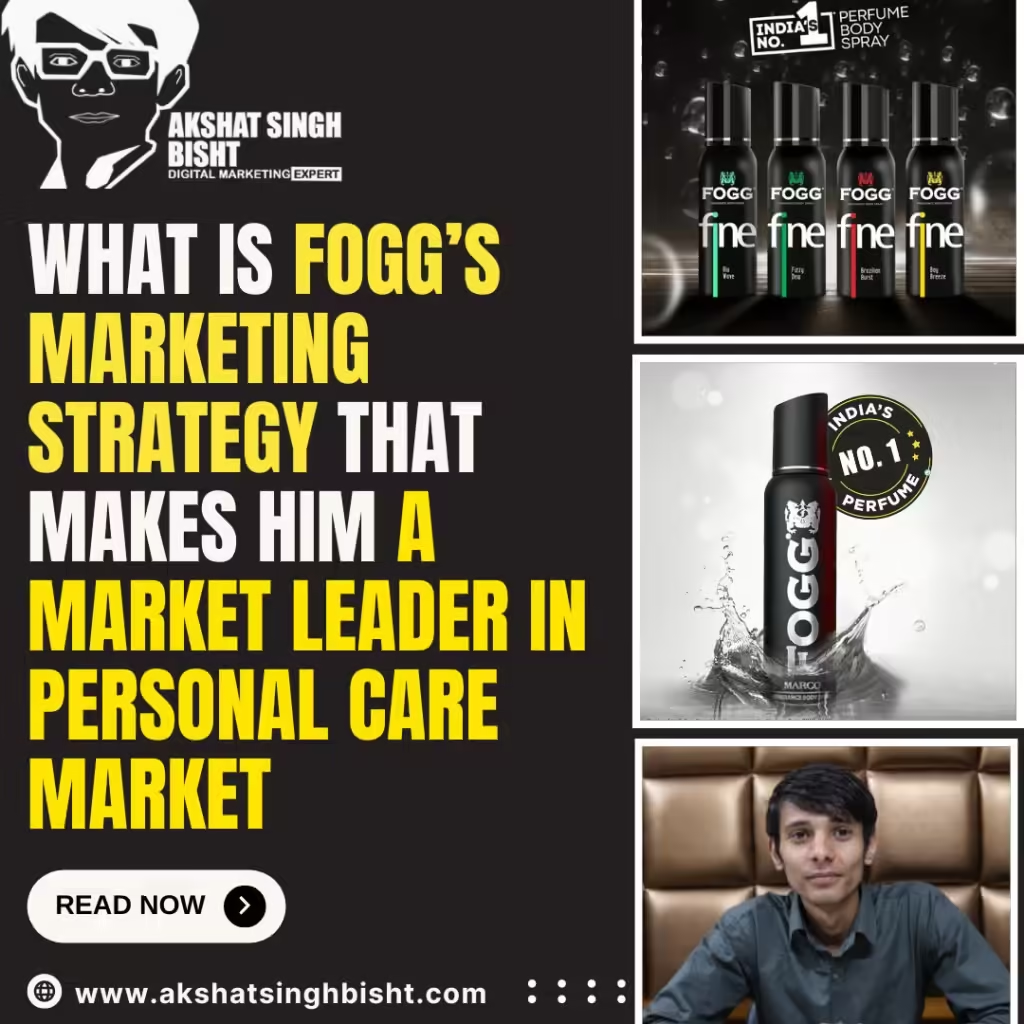
FOGG, a brand under the umbrella of Vini Cosmetics, was launched with the vision of providing high-quality personal care products at affordable prices. The brand’s journey from its inception to becoming a household name is a testament to its strategic marketing approach and commitment to excellence.
Coca-Cola’s Real Magic Campaign : How Coca Cola Adapted towards changing consumer sentiments and societal shifts

The Real Magic campaign was conceived in response to the changing preferences and attitudes of a younger generation, particularly Gen Z and millennials. These demographic groups value authenticity, inclusivity, and shared experiences, often seeking brands that align with their personal values and lifestyle.
How the Bourbon Love Campaign Captivated Audiences : A Case Study on Emotional Branding and Market Impact

The Bourbon Love campaign, launched by Bourbon in 2022, represents a sophisticated blend of marketing strategy and psychological insights designed to strengthen the brand’s position and connect deeply with its target audience.


